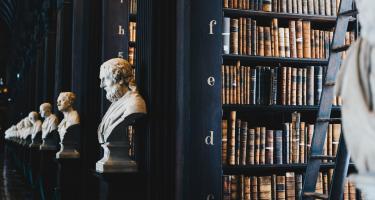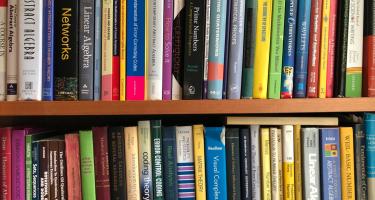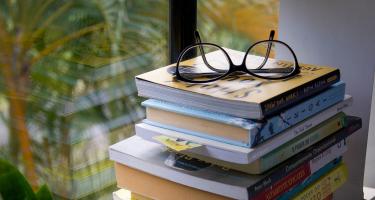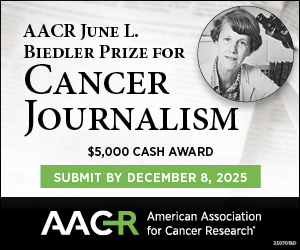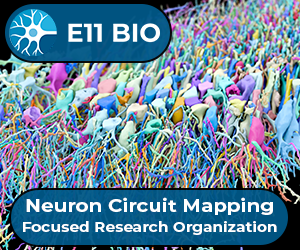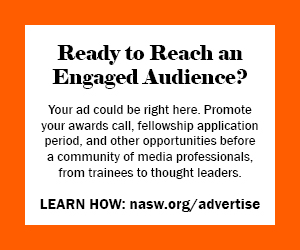
Lisa Selin Davis Tomboy: The Surprising History and Future of Girls Who Dare To Be Different
Until the mid-20th century, boys often wore pink, & girls, blue. Mamie Eisenhower's love for pink in the 1950s reinforced its use for girls. Some girls & boys reject gender stereotypes—colors, toys, clothes, activities, & behaviors—Lisa Selin Davis reports in Tomboy: The Surprising History and Future of Girls Who Dare To Be Different. They typically become well-rounded, self-confident adults.

